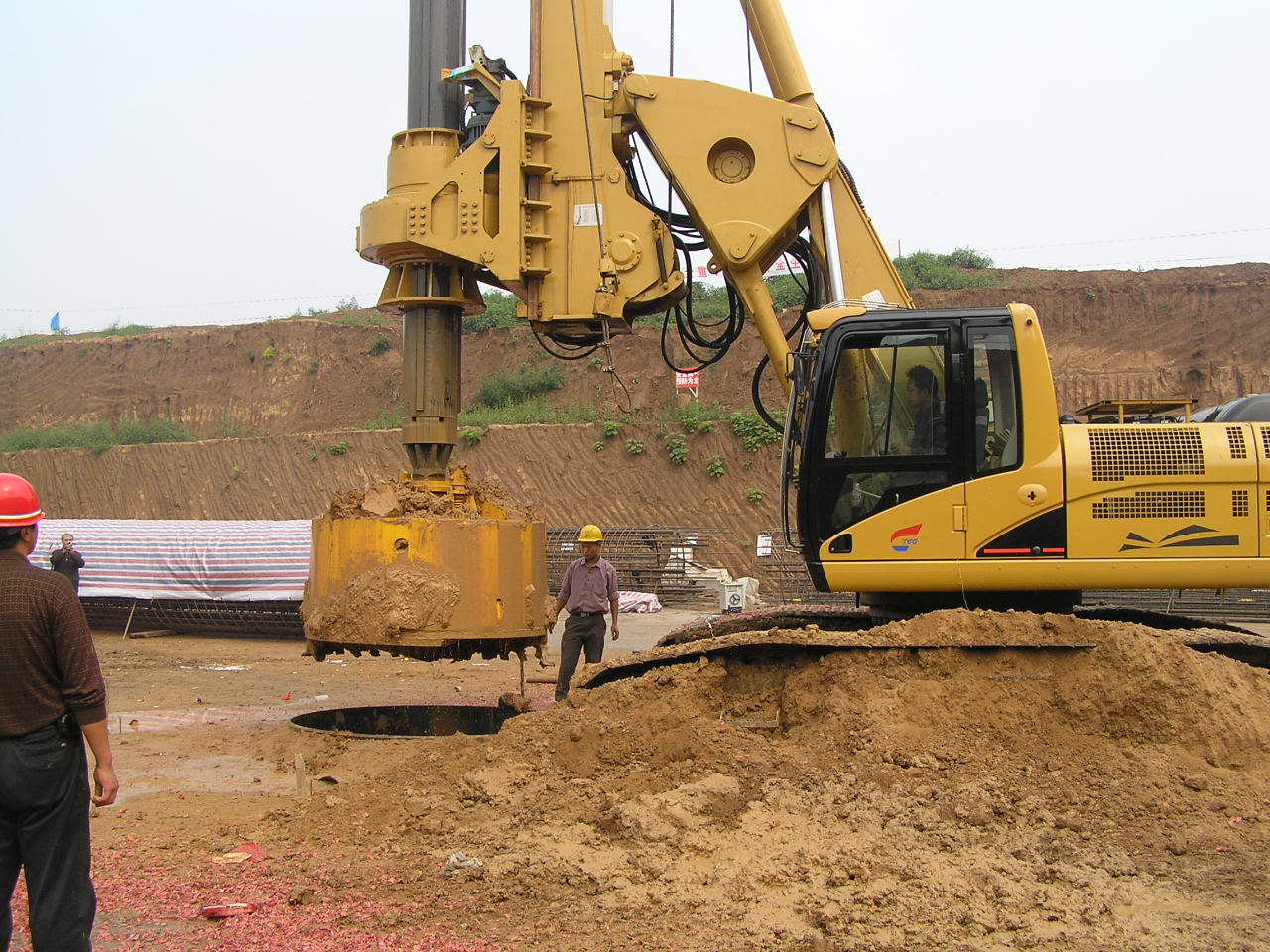Testing piles before pile foundation construction is a crucial step in ensuring the safety and stability of any structure. Pile foundations are commonly used in construction to support buildings and other structures, especially in areas with weak or unstable soil conditions. The testing of piles helps to determine their load-bearing capacity, integrity, and suitability for the specific site conditions, ultimately preventing potential structural failures and ensuring the longevity of the building.
One of the primary reasons for testing piles before construction is to assess their load-bearing capacity. The load-bearing capacity of a pile refers to its ability to support the weight of the structure it is intended to hold. This is a critical factor in determining the number and type of piles needed for a particular project. By conducting load tests on piles, engineers can accurately determine the maximum load each pile can support, allowing them to design the foundation system accordingly. Without proper testing, there is a risk of underestimating the load-bearing capacity of the piles, which could lead to structural instability and potential collapse.
In addition to load-bearing capacity, pile testing also helps to assess the integrity and quality of the piles. Piles are subjected to various forces during construction and throughout the life of the structure, including vertical loads, lateral loads, and environmental factors. As a result, it is essential to ensure that the piles are structurally sound and capable of withstanding these forces without compromising the stability of the foundation. Testing methods such as sonic echo testing, cross-hole sonic logging, and integrity testing can provide valuable insights into the condition of the piles, identifying any defects or weaknesses that may need to be addressed before construction begins.
Furthermore, testing piles before construction allows engineers to evaluate the suitability of the piles for the specific soil conditions at the construction site. Soil properties can vary significantly from one location to another, and the behavior of piles is heavily influenced by the characteristics of the surrounding soil. By conducting tests such as static load tests, dynamic load tests, and integrity tests, engineers can gather data on the soil-pile interaction, enabling them to make informed decisions about the type of piles to use and the depth at which they should be installed. This is particularly important in areas with challenging soil conditions, such as expansive clay, soft silt, or loose sand, where the performance of the foundation system is highly dependent on the behavior of the piles.
Moreover, pile testing plays a crucial role in ensuring compliance with building codes and regulations. Regulatory authorities often require proof of the load-bearing capacity and integrity of the foundation system before granting approval for construction. By conducting thorough pile testing and providing the necessary documentation, builders and developers can demonstrate that the proposed foundation meets the required safety standards, thereby obtaining the necessary permits to proceed with the construction process. This not only ensures the safety of the building but also helps to avoid potential legal and financial repercussions associated with non-compliance with building regulations.
In addition to the technical aspects, testing piles before construction also offers financial benefits. While the initial cost of conducting pile tests may seem like an added expense, it is a worthwhile investment in the long run. By accurately determining the load-bearing capacity of the piles and ensuring their integrity, the risk of foundation failure and the associated costs of repairs and remediation are significantly reduced. Furthermore, proper pile testing can help optimize the design of the foundation system, potentially leading to cost savings by minimizing the number of piles required or by using more cost-effective pile types based on the site-specific conditions.
It is important to note that pile testing is not a one-time activity but rather an ongoing process throughout the construction phase. During the installation of piles, it is essential to conduct quality control tests to verify that the actual performance of the piles aligns with the predicted values from the initial testing. This may involve conducting pile driving analyzer (PDA) tests, integrity tests, or dynamic monitoring to assess the actual behavior of the piles as they are being installed. These real-time tests provide valuable feedback to ensure that the piles are being installed correctly and that any issues can be addressed promptly, minimizing the potential for future problems.
In conclusion, the testing of piles before pile foundation construction is a critical step in ensuring the safety, stability, and longevity of any structure. By assessing the load-bearing capacity, integrity, and suitability of the piles for the specific site conditions, engineers can design and construct a foundation system that meets the necessary safety standards and regulatory requirements. Furthermore, proper pile testing can lead to cost savings, minimize the risk of structural failures, and provide peace of mind for builders, developers, and occupants alike. As such, investing in thorough pile testing is an essential aspect of any construction project involving pile foundations.
Post time: Apr-12-2024


